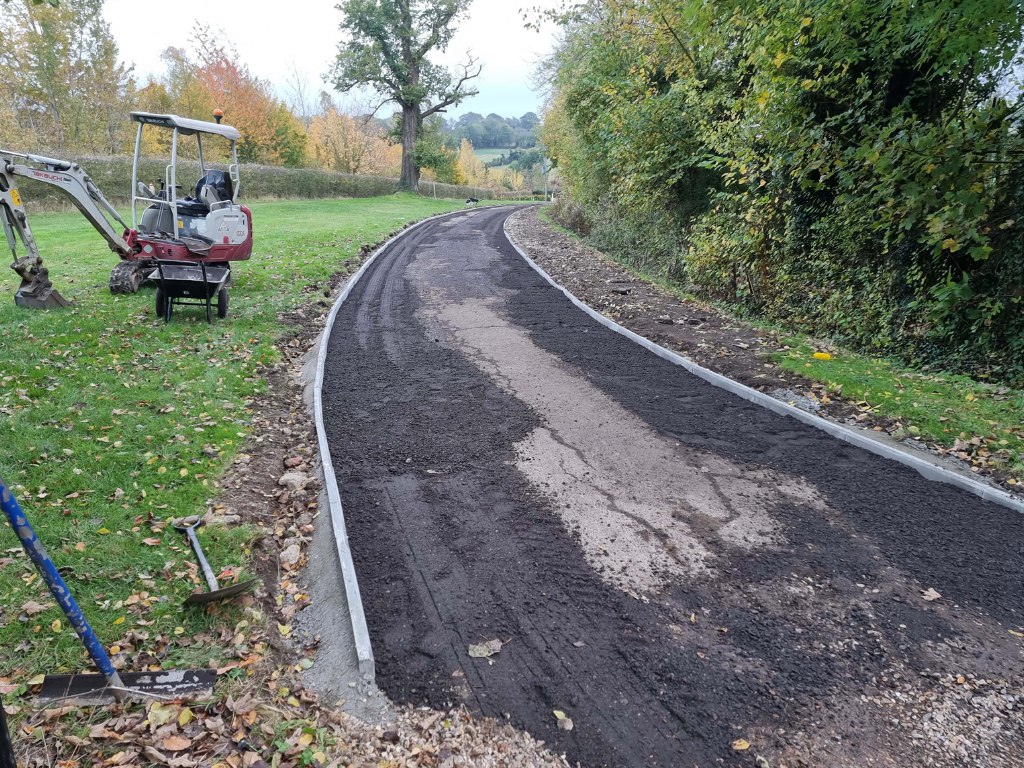Common Mistakes to Avoid When Planning Tarmac Car Parks
Introduction: Planning and designing tarmac car parks requires careful consideration of various factors to ensure functionality, efficiency, and longevity. However, even minor oversights or errors in the planning process can lead to costly consequences and impact the overall performance of the parking facility. In this blog post, presented by Uckfield Driveways, we’ll discuss common mistakes to avoid when planning tarmac car parks to help property owners, developers, and contractors achieve successful outcomes.
1. Inadequate Space Planning
One of the most common mistakes in tarmac car park design is inadequate space planning, leading to insufficient parking capacity or inefficient use of available space. It’s essential to assess parking demand carefully, consider future growth projections, and optimise the layout to maximise the number of parking spaces while maintaining adequate manoeuvring room for vehicles. Failure to plan for adequate space can result in congestion, reduced accessibility, and user dissatisfaction.
2. Poor Drainage Design
Improper drainage design is another frequent mistake that can compromise the performance and longevity of tarmac car parks. Inadequate drainage systems can lead to water pooling, flooding, and pavement deterioration, causing safety hazards and costly repairs. To manage stormwater runoff and prevent water-related issues, it’s essential to incorporate effective drainage solutions, such as surface channels, catch basins, and permeable pavements.
3. Lack of Accessibility Features
Failing to consider accessibility requirements and regulations when planning tarmac car parks can result in compliance issues and inconvenience for users with disabilities. Accessible parking spaces, ramps, pathways, and signage must be incorporated into the design to ensure equal access for all individuals. Additionally, designated loading zones and drop-off areas should be provided to accommodate visitors with mobility challenges or special needs.
4. Insufficient Lighting
Inadequate lighting is a common oversight in tarmac car park design, posing safety risks and security concerns, especially during nighttime. Insufficient lighting can create dark and shadowy areas, increasing the risk of accidents, vandalism, and criminal activity. Properly designed lighting systems, including overhead fixtures, perimeter lighting, and motion-activated sensors, should be installed to ensure adequate illumination and visibility throughout the parking facility.
5. Lack of Landscaping and Green Spaces
Neglecting landscaping and green spaces in tarmac car park design can create uninspiring and visually unappealing environments. Greenery, trees, and landscaping elements not only enhance the aesthetic appeal of the parking facility but also provide shade, improve air quality, and contribute to environmental sustainability. Incorporating green spaces into the design can create more inviting and pleasant parking environments for users.
Conclusion: Avoiding common mistakes in tarmac car park planning is essential for achieving successful outcomes and ensuring users’ long-term functionality, efficiency, and satisfaction. By addressing key considerations, such as space planning, drainage design, accessibility features, lighting, and landscaping, property owners, developers, and contractors can create well-designed and well-executed tarmac car parks that meet users’ needs while enhancing the property’s overall value.
Call us on: 01825 705 496
Click here to find out more about Uckfield Driveways
Click here to complete our contact form and see how we can help with your driveway needs.

